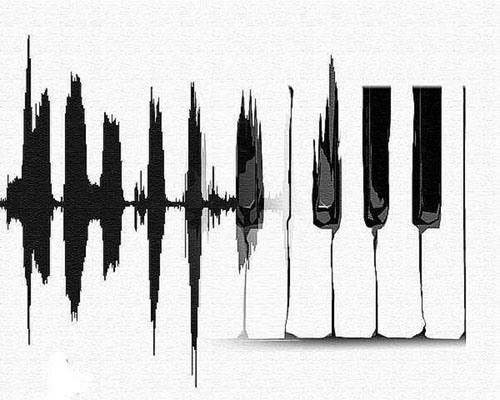Someone nearby is rhythmically tapping their toe. Is this an irritating noise or an organized, musical sound? As it turns out, the difference depends almost entirely upon the listener.
The best indicator we have of knowing whether a particular person will interpret a sound as noisy or musical is their age:
It is more common that older people will consider more sounds to be “noise.” Human hearing deteriorates over the course of a lifetime, and extremely high and low frequencies are lost first. This is why even young adults sometimes cannot hear high pitched buzzing noises. Later in life, hearing of conversational frequencies deteriorates. Because these are in the mid-range of our hearing, losing specific ranges of sound can cause the listener to be more perceptive to smaller-scaleirregularities and interpret it as noise.
Obviously, some sounds are more musical than others. Musical instruments, for example, produce sound waves that are ordered and regular–this leads our ears and brains to process them as pleasing and therefore, as music.
Although both [noise and music] are mixtures of sound waves at different frequencies, music is considered to be ordered sound, while noise is disordered sound. For example, the mixture of sound waves that produce music can be easily separated into individual frequencies, with some being more dominant than others (discrete structure). On the other hand, noise contains all possible frequencies of sound with no dominant frequency present (continuous structure).
The further we delve into displeasing or “dissonant” music, the more likely it is to be perceived as noise. Ultimately the line between the two is very blurry, and while we may be able to easily identify static on the television as noise and a trumpet as music, there are so many sounds in between that can fall into either category. As the saying goes, beauty–or in this case, music–is the eyes (or ears) or the beholder.

